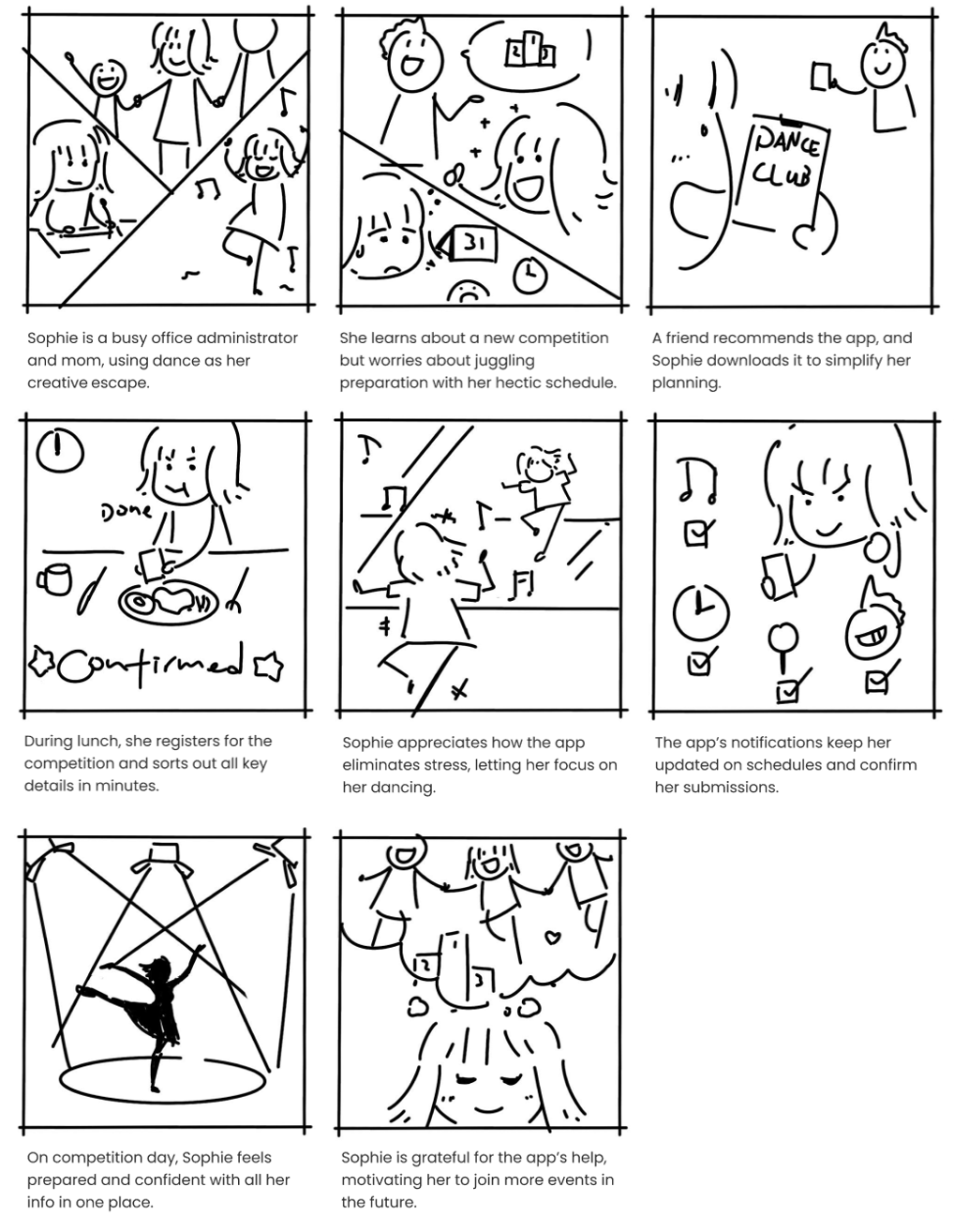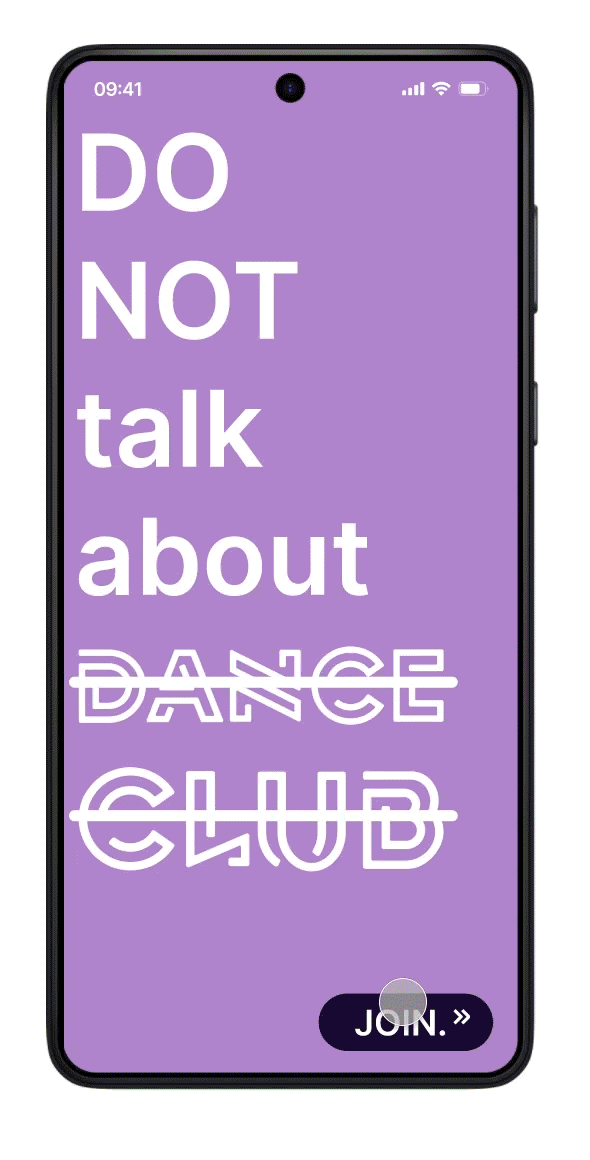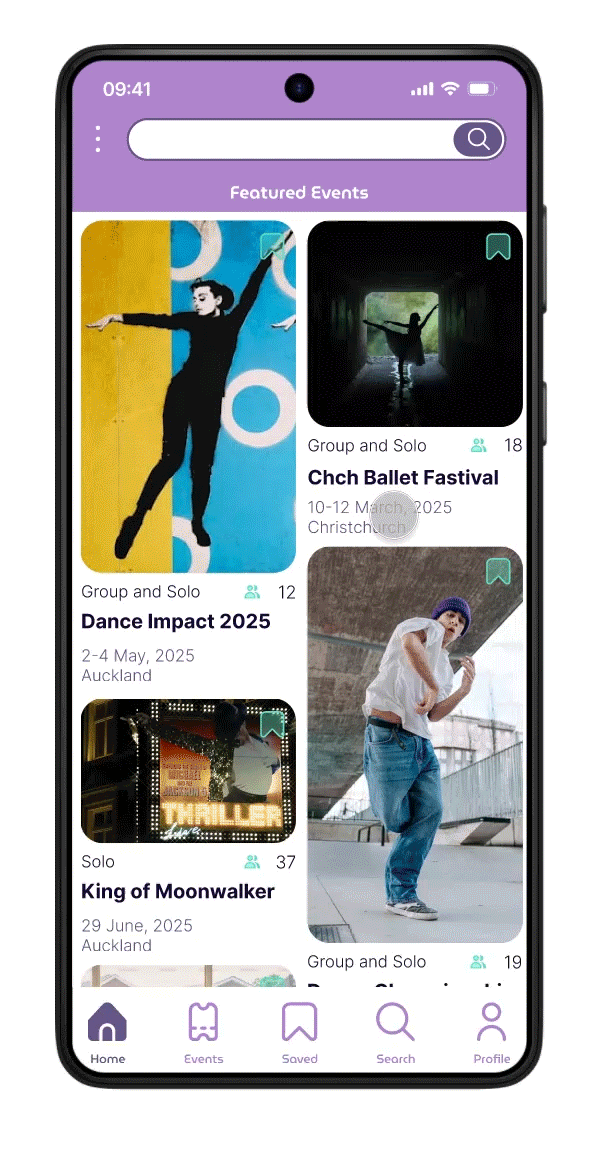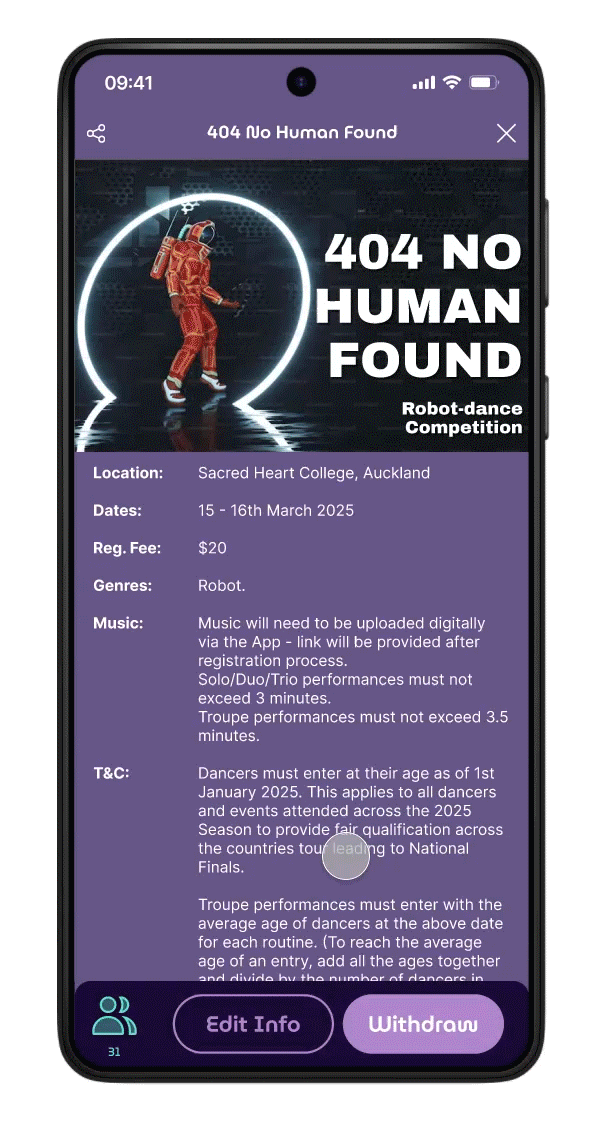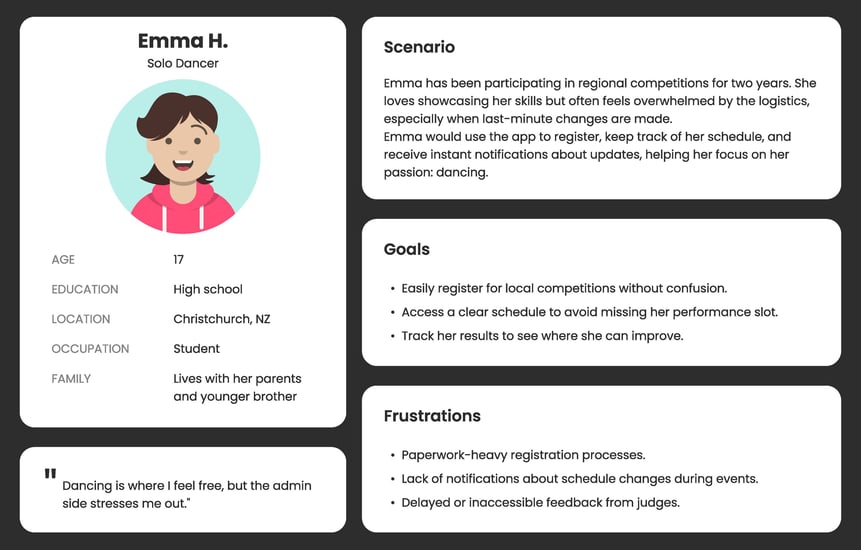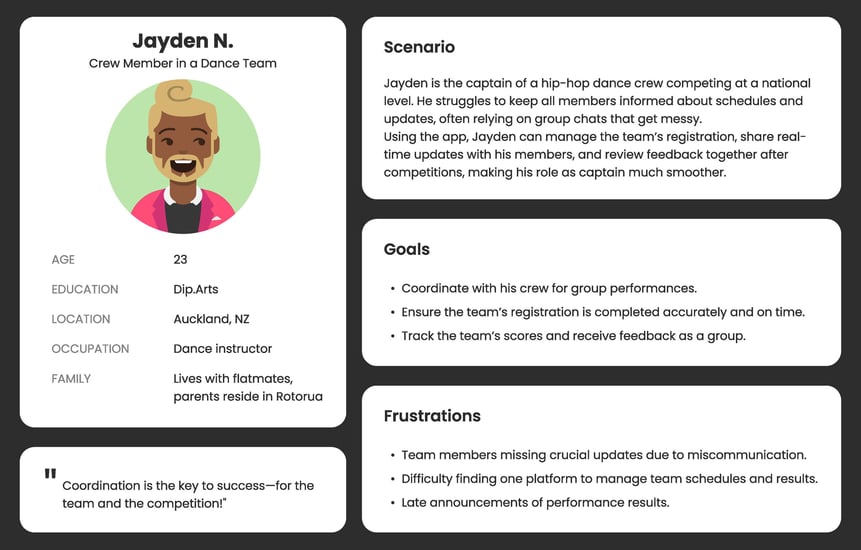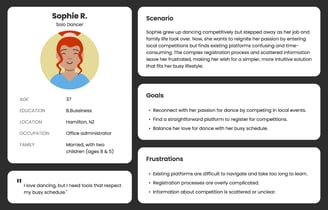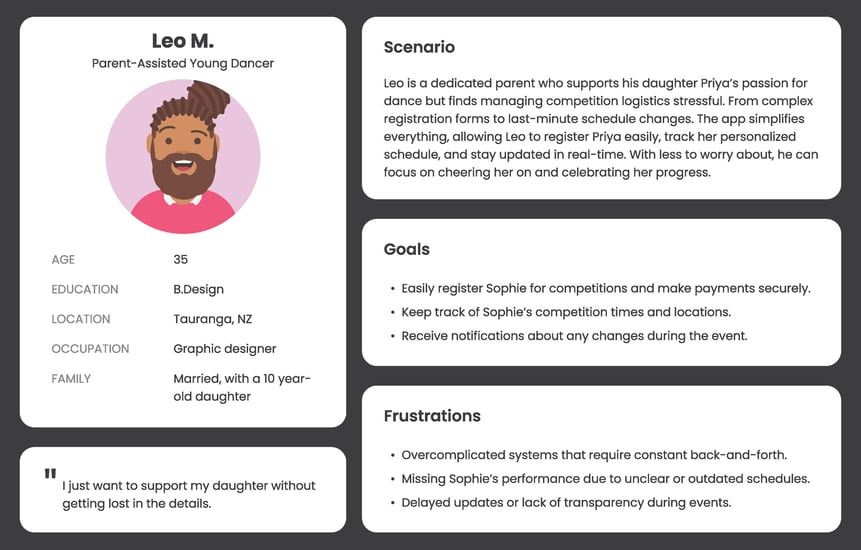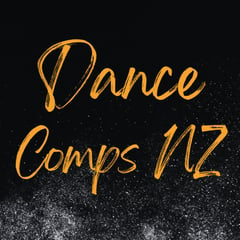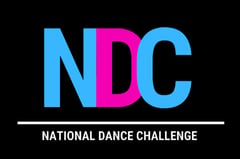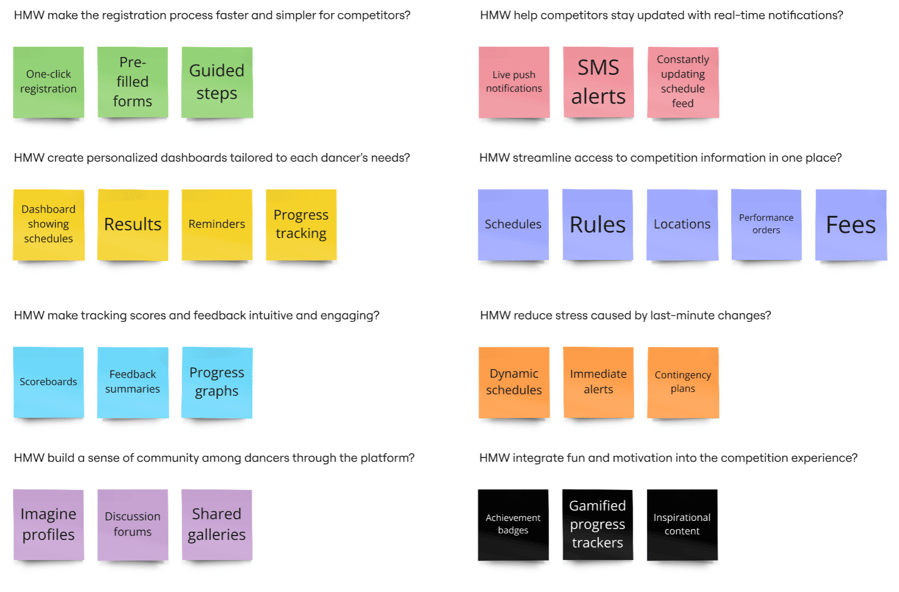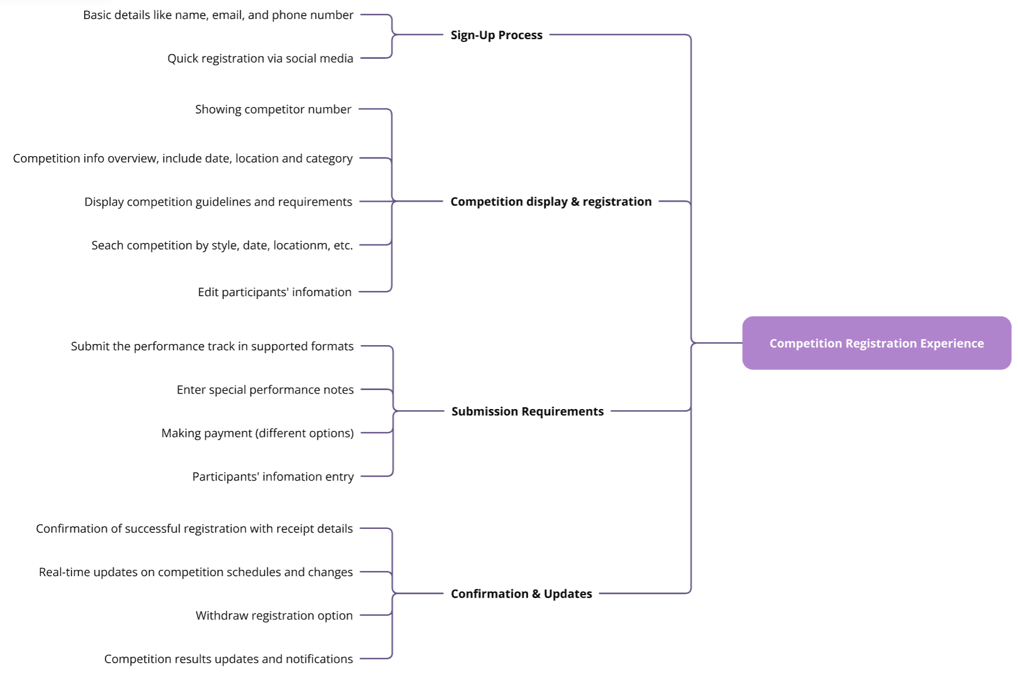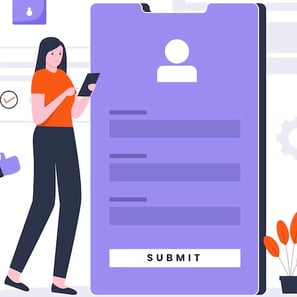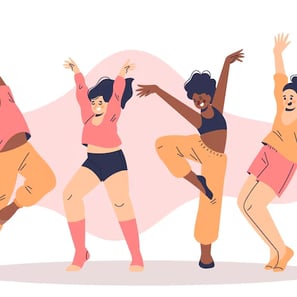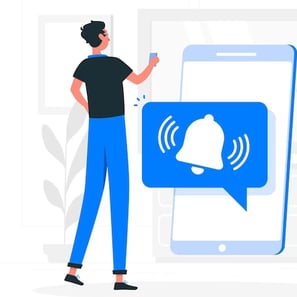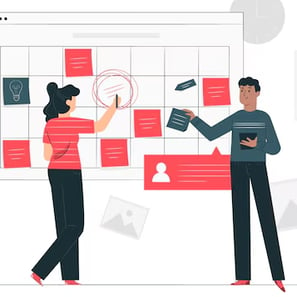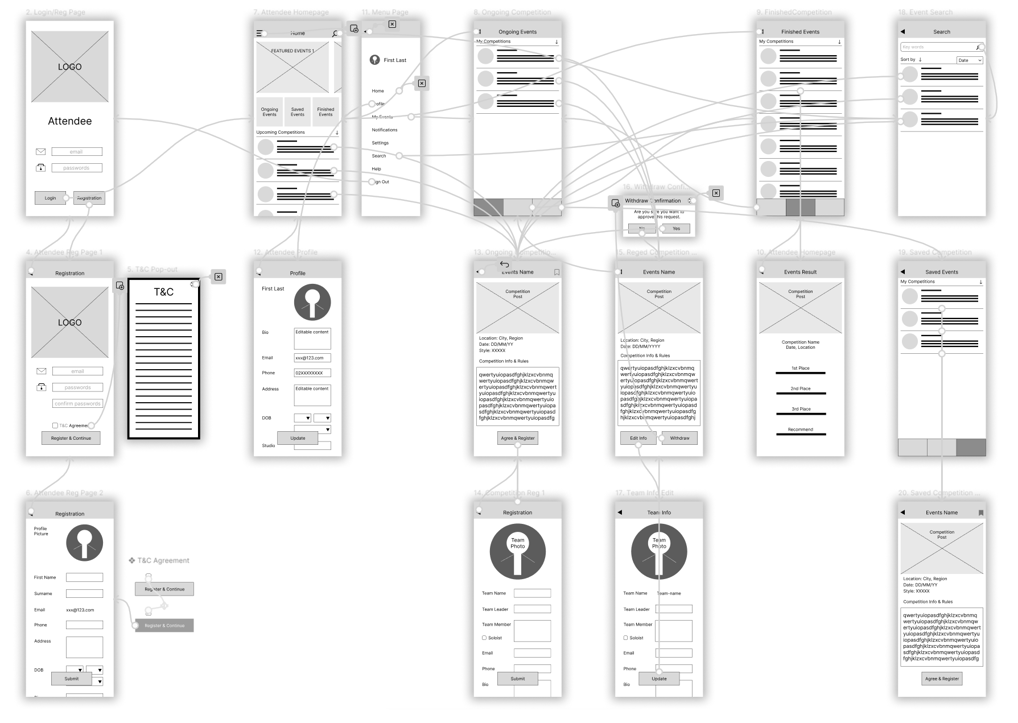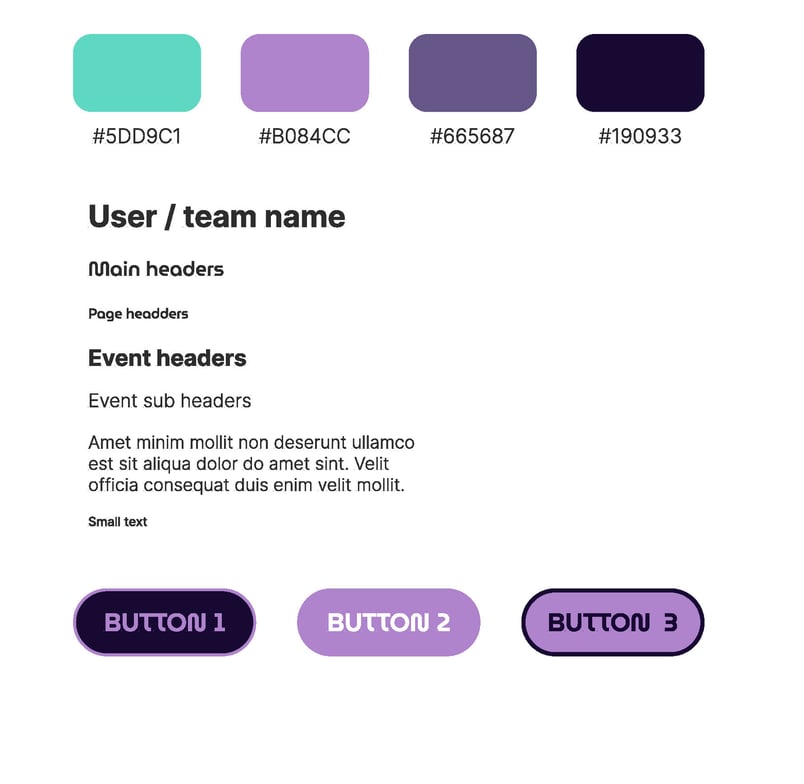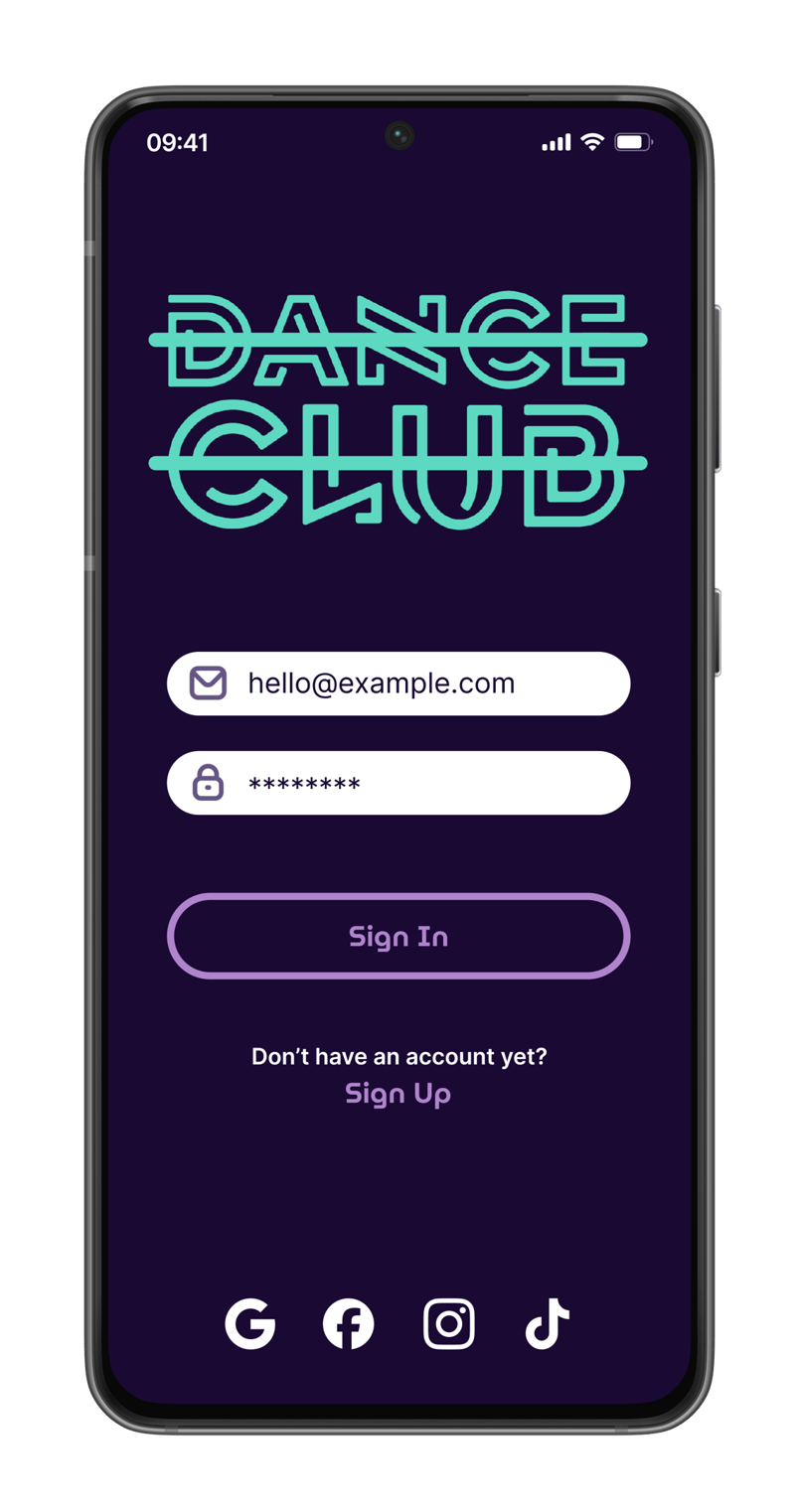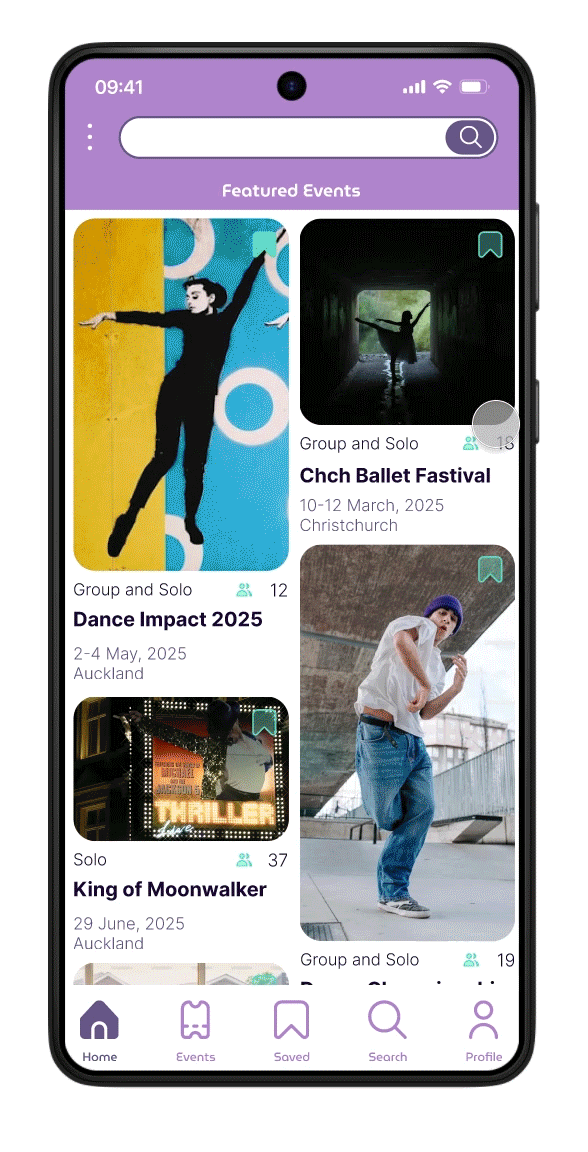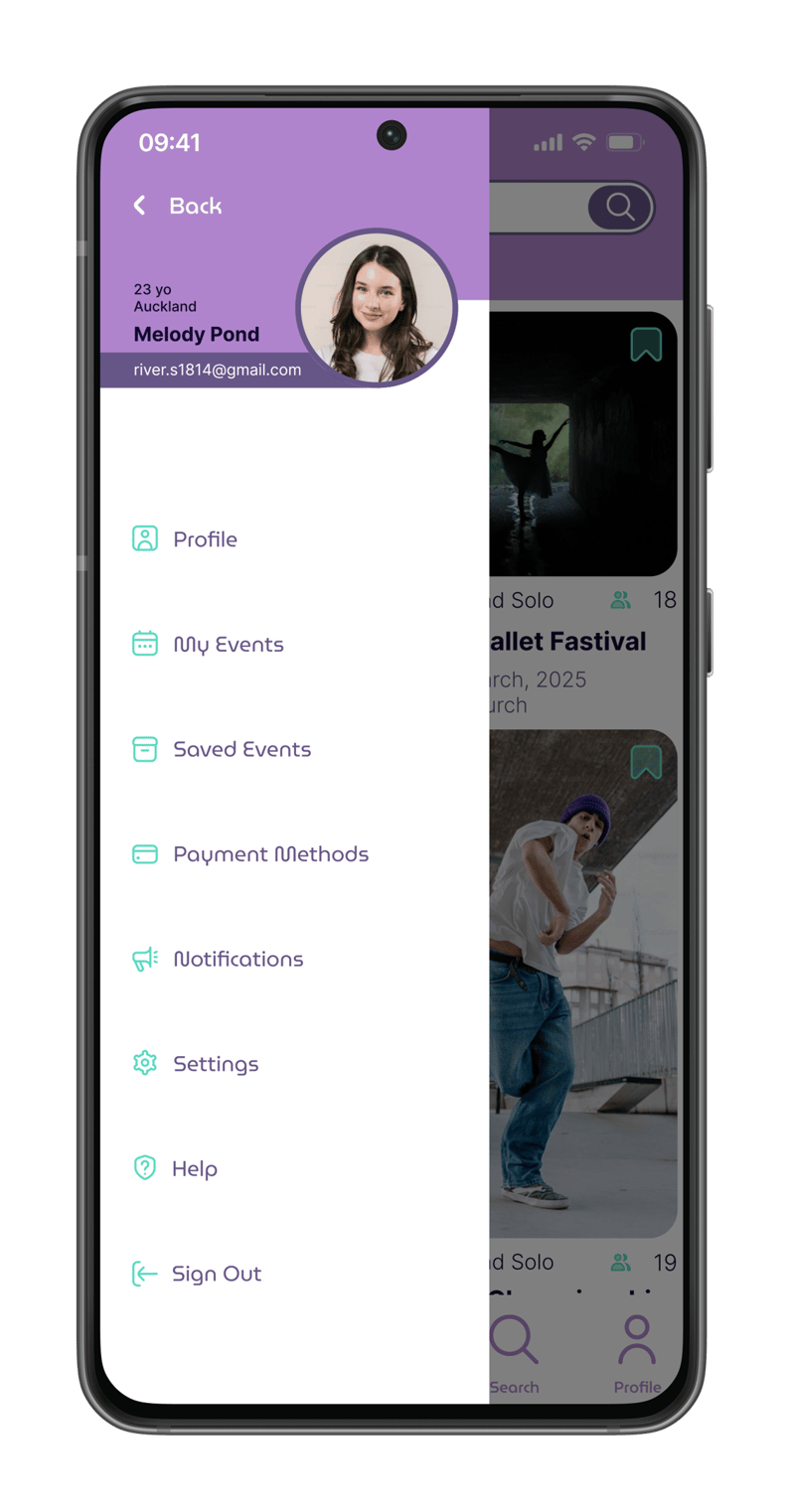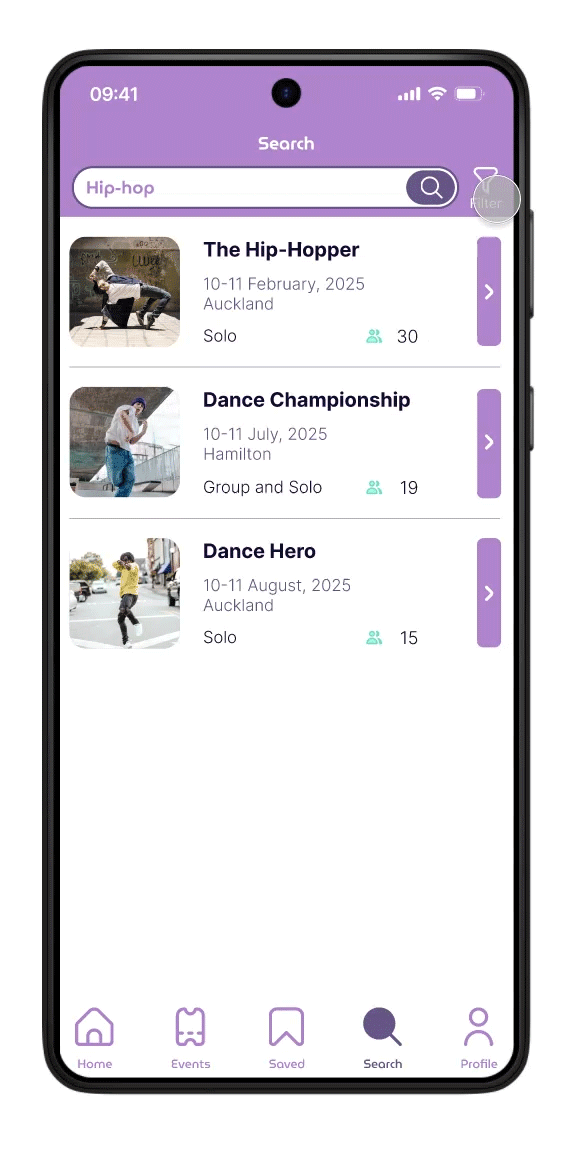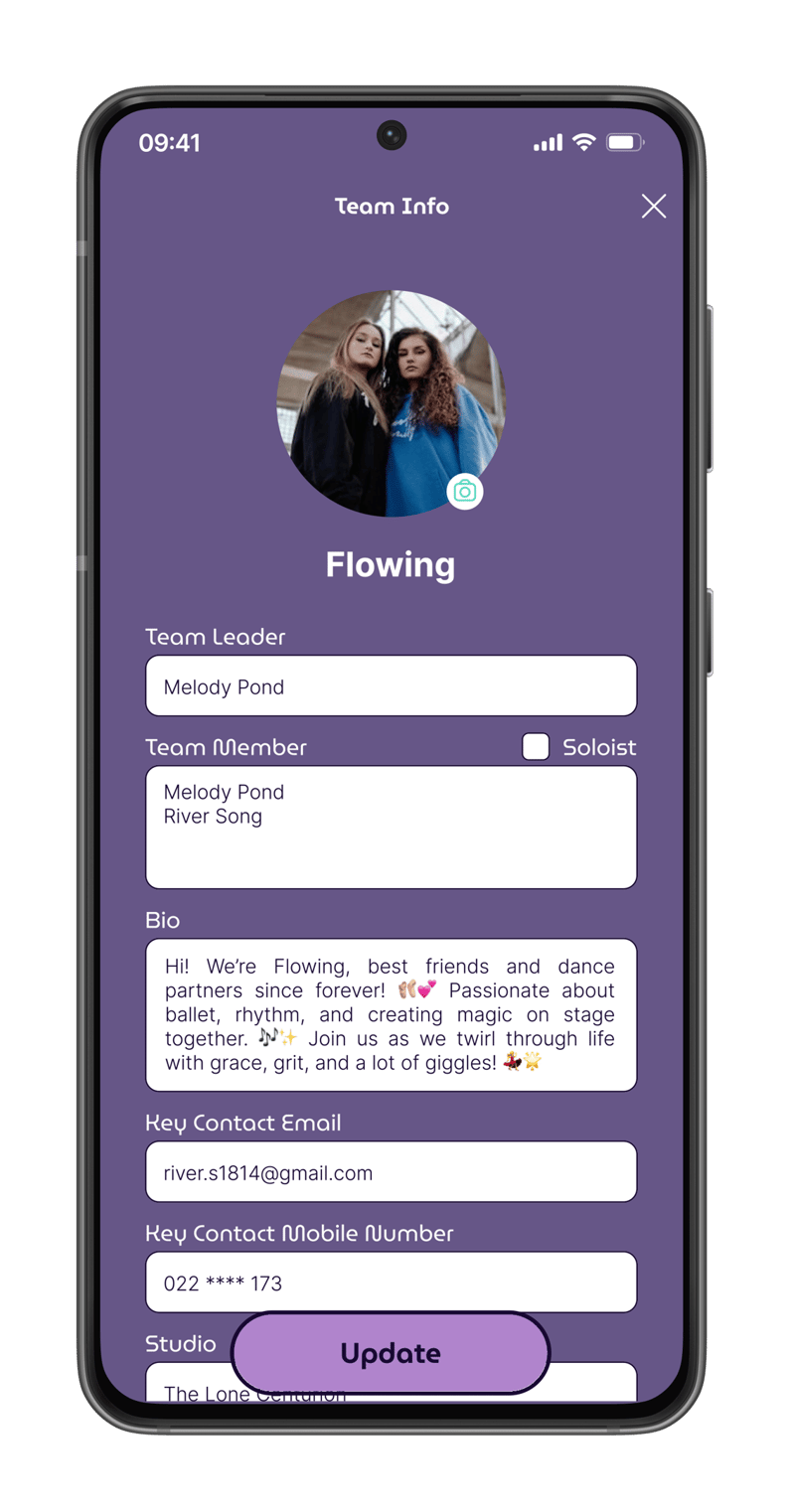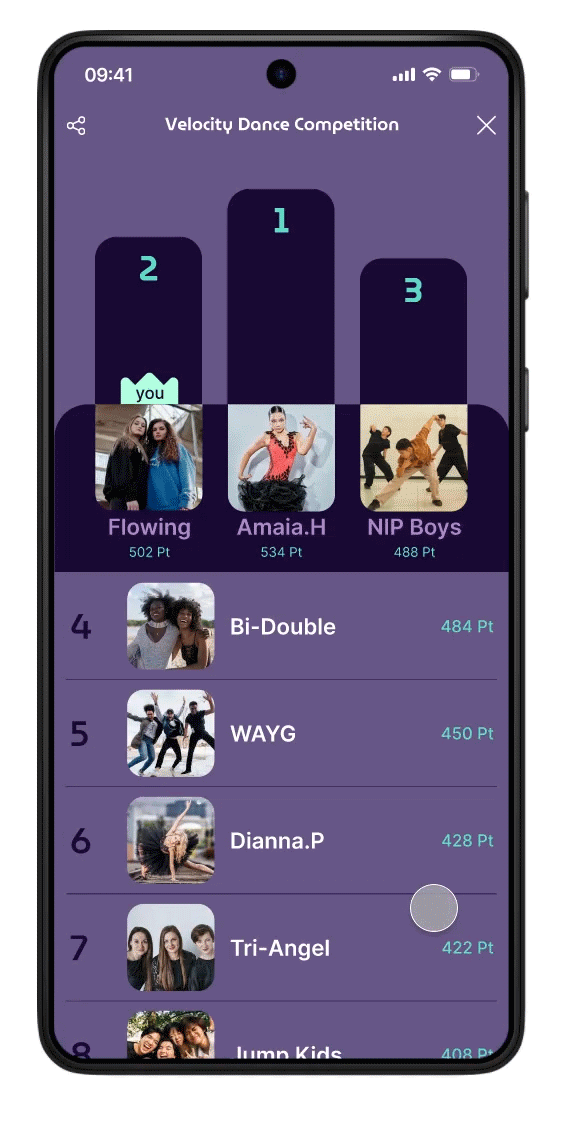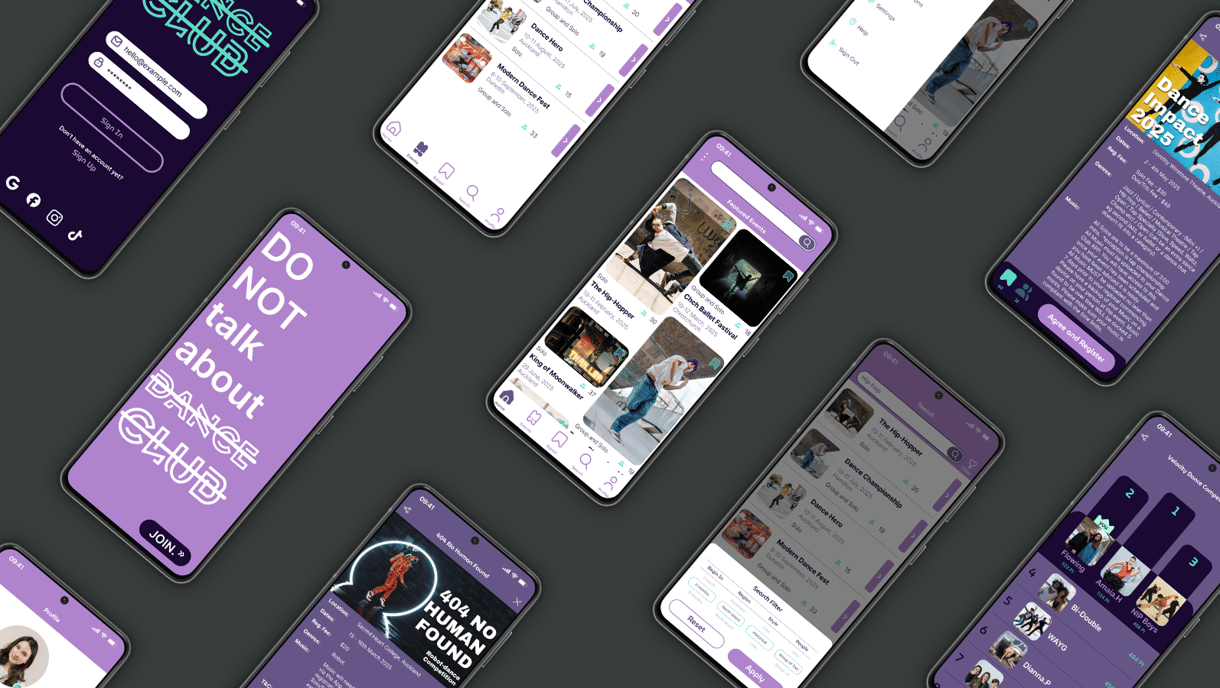

Overview
Dance Club is a comprehensive mobile app platform designed to simplify the dance competition experience for participants, providing effortless registration, streamlined management of details like categories and music uploads, and real-time updates to keep users informed and stress-free throughout the process.
My Role
Platform
Duration
Tools
Highlights
Expand to more info
Effortless Registration
Easy to Navigate
Many dancers are focused on their performances and prefer minimal time spent on logistics. Competitions require manual or fragmented registration systems (e.g., forms, emails, or separate payment portals). This leads to confusion and missed deadlines. Overloading the app with features can make it overwhelming.
Competitors often struggle to keep track of performance times, stage locations, and warm-up schedules, especially when events are large and chaotic. Event delays or updates are common, but dancers often don’t receive timely notifications, causing stress and missed performances.
Competitors usually wish to track their progress over multiple events but lack a centralized place to view past performance or scores.
Executive Summary
Balancing the diverse and real-time needs of dancers while ensuring a streamlined, user-friendly experience that builds trust and engagement.
Prioritize core functionality, such as registration, schedule management, and performance tracking, and keep the interface intuitive. Implement a robust backend system to support real-time notifications and updates. Focus on clear onboarding, secure payment methods, and features that foster a sense of community (e.g., social sharing or event photos).
Challenge
Target Users: Solo dancers and dance crews (both amateur and professional), as they form the core user base. Secondary users, like parents and coaches, can be considered for additional features later to broaden the app's appeal.
Users
UX Research
Research indicates that existing dance competition platforms often suffer from usability issues, leading to frustration among users. A study focusing on artists' interaction with motion capture technology found that usability problems hinder the adoption of such technologies in the performing arts, suggesting a broader challenge in integrating user-friendly digital tools in dance contexts.
Additionally, common challenges in event registration systems include technical glitches, complicated registration forms, and poor user experience, all of which can deter potential participants.
These findings highlight the need for more intuitive and efficient platforms to enhance user engagement in dance competitions.
